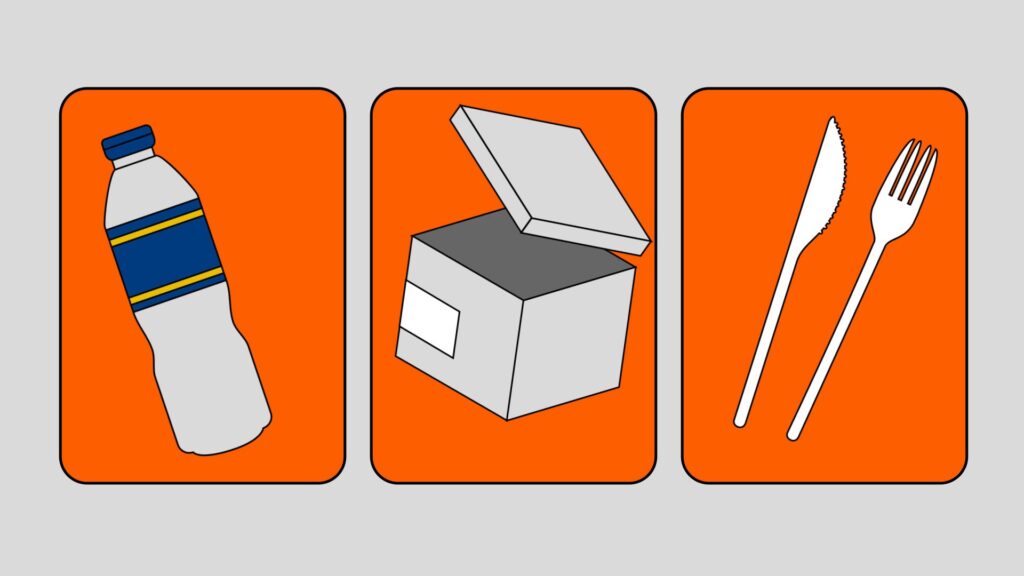
A Circular Economy for food: from sour taste to zero waste
The global food system is ripe for disruption, particularly in cities
Rhiannon Edwards
22/12/2020
Our food system is one of the major contributors to planetary harm. Our current linear system is extractive, polluting and wasteful. Unsurprisingly, it is contributing to climate change, and the poor health of plants, animals and humans.
Right now, for every dollar spent on food, society pays two dollars in health, environmental and economic costs1.
Intesa Sanpaolo is working towards achieving a Circular Economy for food as a partner of the Ellen MacArthur Foundation. The foundation has earmarked cities as a key area for change since these are where 80 per cent of food is set to be consumed by 2050.2
Today, our food system has manifold problems. Our farming and growing practices rely heavily on chemicals that render soils barren. We also use vast amounts of water that we can’t afford to waste. Our consumption habits pay little attention to seasonality and make little use of waste materials – in cities less than two per cent of food waste is composted3. On top of that, the food industry uses excessive packaging and lots of airmiles to meet our daily food demands.
In a circular food system, farms would be close to the cities they service and would make food regeneratively, making use of natural processes rather than chemicals. We’d make the most of our food and our food waste, creating an economy4 where little is thrown away. Food manufacturers would design products to be healthier and packaging to have minimal impact.
The benefits of a better food system include reducing annual greenhouse gas emissions by 4.3 billion tonnes of CO2 equivalent, which is comparable to taking nearly all the one billion cars in the world off the road, permanently5.
Watch the video to find out more about the benefits of a circular food system, and how a circular food economy works.
ARTICLE STAT SOURCES
1https://www.ellenmacarthurfoundation.org/assets/downloads/CCEFF_Exec-Sum_May-2019-Pages_Web.pdf p8 2https://www.ellenmacarthurfoundation.org/assets/downloads/CCEFF_Exec-Sum_May-2019-Pages_Web.pdf p10 3https://www.ellenmacarthurfoundation.org/assets/downloads/CCEFF_Exec-Sum_May-2019-Pages_Web.pdf p8 4https://www.ellenmacarthurfoundation.org/assets/downloads/CCEFF_Exec-Sum_May-2019-Pages_Web.pdf p11 5https://www.ellenmacarthurfoundation.org/assets/downloads/CCEFF_Exec-Sum_May-2019-Pages_Web.pdf p12
VIDEO STAT SOURCES




